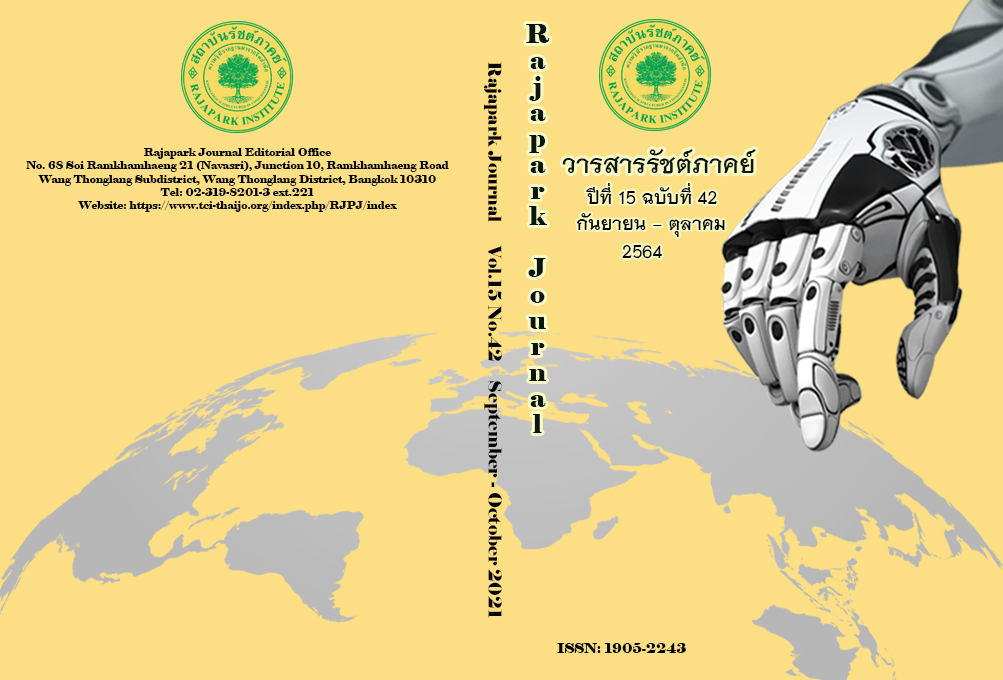A Study of Inventory Replenishment Policy for Online Marketing Business A Case Study of Bedding, Furniture, and Home Appliances
Main Article Content
Abstract
This research aims to (1) analyze the inventory shortage problem and (2) study the inventory replenishment policy. The case study is the category of bedding, furniture, and home appliances, and each class has many codes and a variety of demands. It investigated order planning and identifying the suitable quantity of stock to avoid stock quantities falling to a level where orders could not be fulfilled. We then applied a cause and effect diagram to find the root cause of this problem. It showed no minimum inventory level for each category and no categorization of high-selling products. We then categorized each product using ABC Classification, and we computed safe stock levels and economic order quantity for A-class products. The results showed that these methods could reduce stockout in the warehouse for bedding - reducing from 5.90% to 0.42%. House appliances reduced from 3.05% to 0.21%, with no items being out of stock for furniture. Based on the results, entrepreneurs in online business could use these principles to reduce costs in the shortage of delivery.
Article Details
Views and opinions appearing in the Journal it is the responsibility of the author of the article, and does not constitute the view and responsibility of the editorial team.
References
Chaiprasit, C. (2021). The Global Consumer: Changed for Good. Retrieved August 25, 2021, from https://www.pwc.com/gx/en/industries/consumer-markets/consumer-insights-survey.html
Chujai, J. (2016). The Improvement for Inventory Management System for Case Study Resistor(Thesis Master of Engineering). Thammasat University.
Jittham, S., & Chaovalitwongse, P. (2017). Inventory Management for Import Frozen Food of Food Services Industry. WMS Journal of Management Walailak University, 6(1), 54-72.
Kanchanapanyakom, R. (2007). Work Study. Bangkok: Top.
Keereewannamas R., & Srinon R. (2016). Policy of Inventory Management to Reduce Inventory Cost: Case Study of XXX Co., Ltd. Proceeding of Thai VCML 2016, August, 25-26. Bangkok.
Sankaew N., & Amaruchkul K. (2019). A Multi-item Joint Inventory Replenishment Policy with Full Truckload Case Study of the Office Supplies E-Commerce Store in Thailand. Applied Statistics and Information Technology, 4(2), 18-30.
Sapsing J., & Saengpetch S. (2019). Inventory Management of Small Stainless Steel Products. Journal of Energy and Environment Technology, 6(2), 30-38.
Siangwong, M., Phetlai S., Phookpanich N., & Thavorn D. (2019). Inventory Management Improvement: A Case Study Don-Zak Construction Materials Shop. Interdisciplinary Studies Journal, 19(1), 50-82.
Sorat, T. (2009). Warehouse and Distribution Management. Bangkok: V-serve logistics.
Thavorwat C., & Kanjana R. (2013). Improvement of the Inventory Management System: A Case Study in Make-To-Order Production System. Journal of Engineering, RMUTT, 11(2), 13-23.
Vivattananukull, B. (2021). Get to Know B2C e-Commerce Business: Business Model, Payment Model and How to Track Market Conditions. Retrieved August 28, 2021, from chrome-extension:// efaidnbmnnnibpcajpcglclefindmkaj/viewer.html?dfurl=https%3A%2F%2Fwww.bot.or.th%2FThai%2FStatistics% 2FArticles%2FDoc_Lib_statisticsHorizon%2FStatHorizon_B2C_eCommerce.pdf&clen=969155


